Printed fabrics, in short, are made by dyeing dyes on fabrics. The difference from jacquard is that printing is to first complete the weaving of grey fabrics, and then dye and print the printed patterns on the fabrics.
There are many types of printed fabrics according to the different materials and production processes of the fabric itself. According to the different process equipment of printing, it can be divided into: manual printing, including batik, tie-dye, hand-painted printing, etc., and machine printing, including transfer printing, roller printing, screen printing, etc.
In modern clothing design, the pattern design of printing is no longer limited by craftsmanship, and there is more room for imagination and design. Women's clothing can be designed with romantic flowers, and colorful striped stitching and other patterns to be used in dresses in large areas, showing femininity and temperament. Men's clothing mostly uses plain fabrics, embellishing the whole through printing patterns, which can print and dye animal, English and other patterns, mostly casual clothing, highlighting the mature and stable feeling of men.
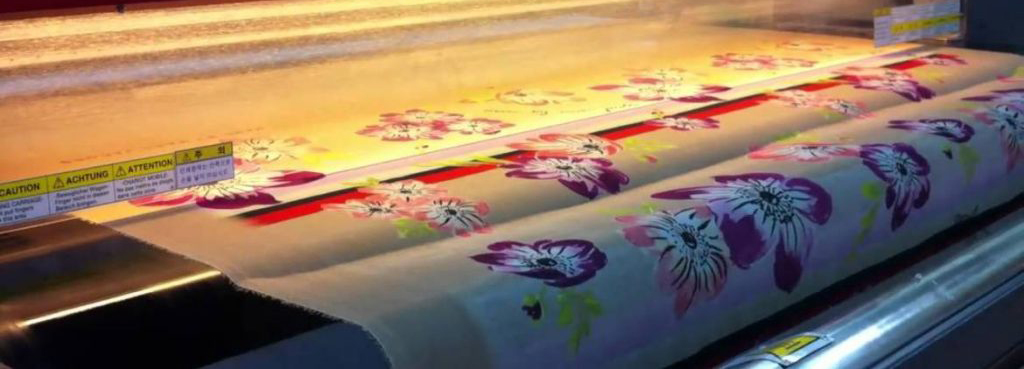
The difference between printing and dyeing
1. Dyeing is to dye the dye evenly on the textile to obtain a single color. Printing is a pattern of one or more colors printed on the same textile, which is actually a partial dyeing.
2. Dyeing is to make dyes into dye liquor and dye them on fabrics through water as a medium. Printing uses paste as a dyeing medium, and dyes or pigments are mixed into printing paste and printed on the fabric. After drying, steaming and color development are carried out according to the nature of the dye or color, so that it can be dyed or fixed. On the fiber, it is finally washed with soap and water to remove the paint and chemicals in the floating color and color paste.
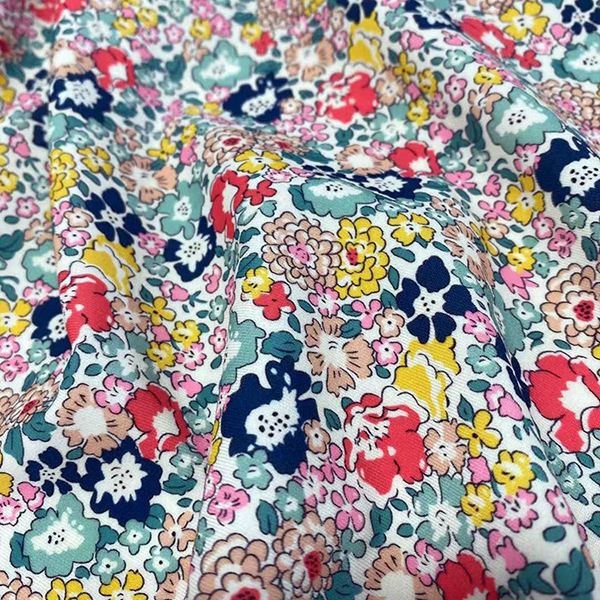
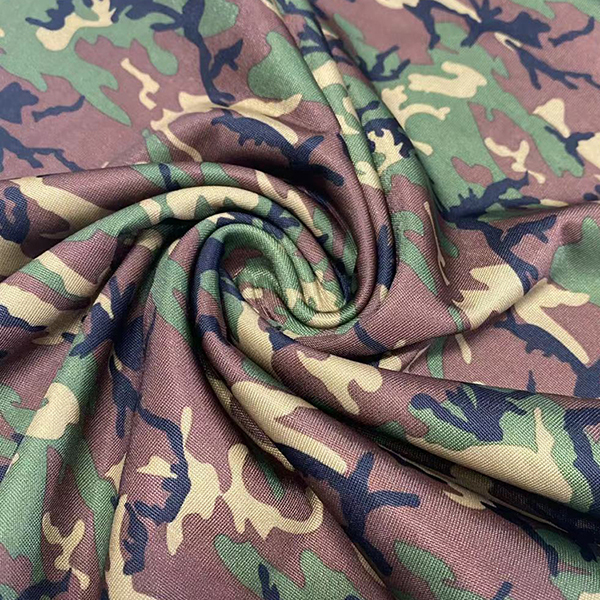
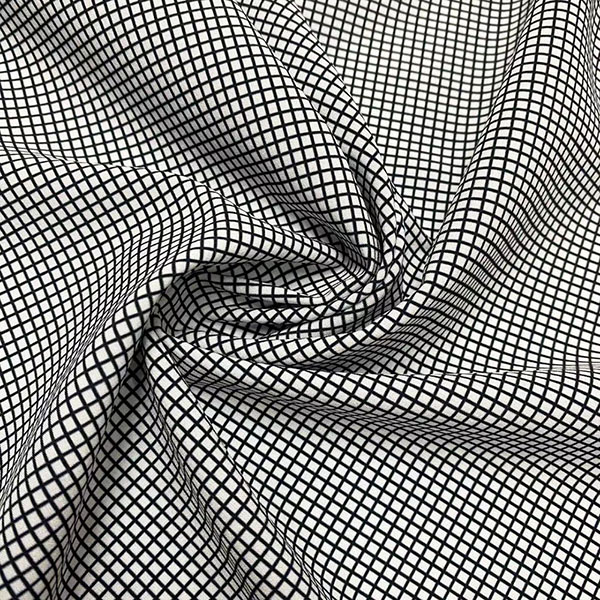
The traditional printing process includes four processes: pattern design, flower tube engraving (or screen plate making, rotary screen production), color paste modulation and printing patterns, post-processing (steaming, desizing, washing).
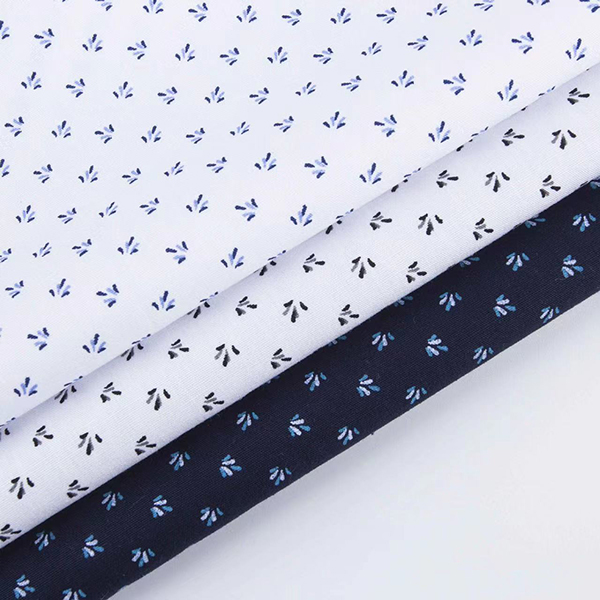
Advantages of printed fabrics
1.The patterns of printed cloth are various and beautiful, which solves the problem of only solid color cloth without printing before.
2.It greatly enriches people's material life enjoyment, and printed cloth is widely used, not only can be worn as clothing, but also can be mass-produced.
3.High quality and low price, ordinary people can basically afford it, and they are loved by them.
Disadvantages of printed fabrics
1.The pattern of traditional printed cloth is relatively simple, and the color and pattern are relatively limited.
2.It is not possible to transfer printing on pure cotton fabrics, and the printed fabric may also have discoloration and discoloration after a long time.
Printing fabrics are widely used, not only in clothing design, but also in home textiles. Modern machine printing also solves the problem of low production capacity of traditional manual printing, greatly reducing the cost of printing fabrics, making printing a high-quality and inexpensive fabric choice on the market.
Post time: Apr-26-2022
